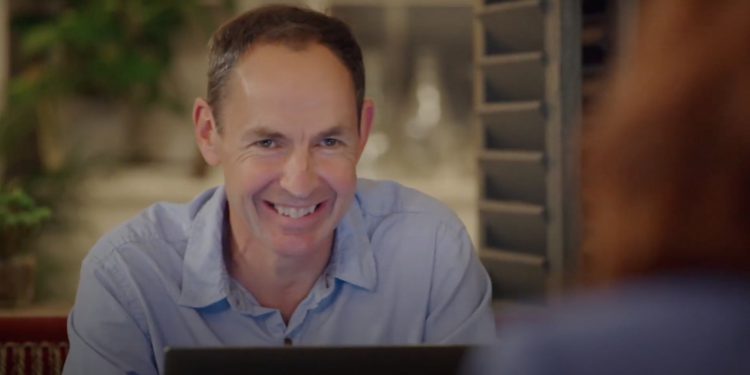The BBC has published a chart adding up the total greenhouse gas cost of foods in the UK’s main diet.
It was designed by carbon footprint expert Mike Berners-Lee, who is a fellow of the Institute for Social Futures at principal at Small World Consulting.
The publication coincides with the BBC’s Horizon documentary Feast to Save the Planet which Berners-Lee joined.
He said on the programme, “There’s the carbon footprint of inputs such as fertiliser, some animals burp up methane which is a powerful greenhouse gas, there’s agricultural machinery to harvest crops, then processing, and transport, then packaging – all of those things add up to the carbon footprint and ends up in the food checkout.
“We’re measuring the carbon dioxide equivalent [of these foods].”
The figures are a rough guide, as all food supply chains differ and the knowledge is “far from certain”.
It shows that food which is shipped by plane, over long distances, such as asparagus when it’s out of season in the UK, carry a very high carbon footprint. Bananas, although imported from Latin America, have a low carbon footprint because they arrive by ship. Quorn, a vegan protein substitute, has a higher footprint than UK-caught prawns and UK sourced chicken. Parmesan driven from Italy had a higher footprint than UK-sourced bacon.
“Any wasted food means its entire carbon footprint has been completely in vain”
It was said on the programme that in the UK we each produce three tonnes of carbon per year through the food and drink we consume – the same as a flight to Hong Kong. This needs to drop dramatically to meet net zero carbon emission targets by 2050, to slow down the rate of carbon warming.
Berners-Lee said cooking methods can reduce our carbon footprints:
- Saucepans are less efficient than kettles. Boil water in a saucepan when adding food while the water is cold so, it cooks in the warming water.
- Using a lid on the saucepan saves 20 percent of the energy otherwise needed.
The programme explained that nearly 60% of our food waste ends up in landfill sites or incinerators. Berners-Lee said, “Any wasted food means its entire carbon footprint has been completely in vain.
“If we put the waste in a landfill site a load of methane is allowed to escape into the atmosphere. Human edible food needs to be eaten by humans.”
In the show, MasterChef judge Gregg Wallace and mathematician Dr Hannah invited five guests to a dinner party where they were scored on the carbon footprint of each dish they ate.
Diners Sara Pascoe, Amol Rajan, Nikki Fox, Desiree Burch and Matthew Fort tried to tell which dishes were better for the environment than others,
You can catch up on the show here.























